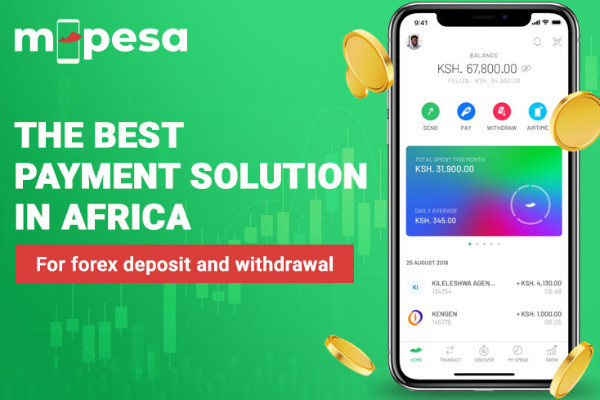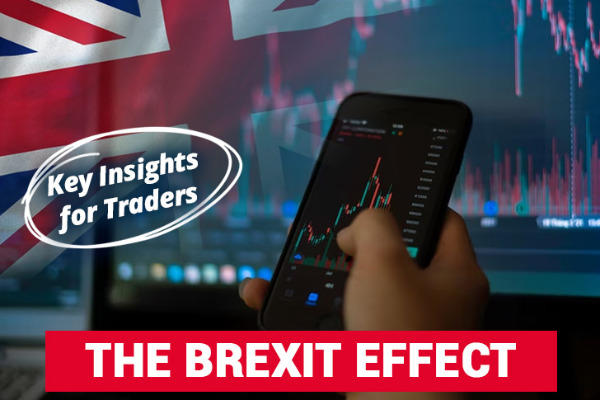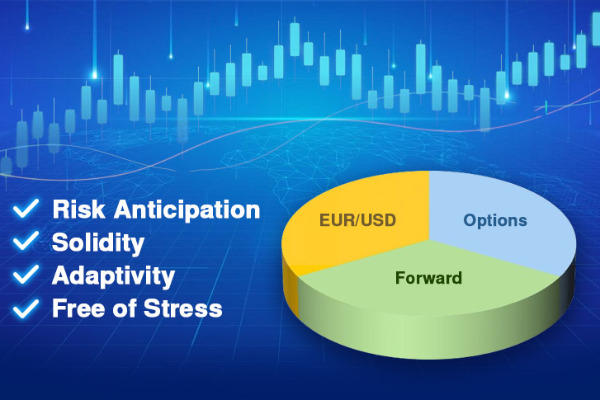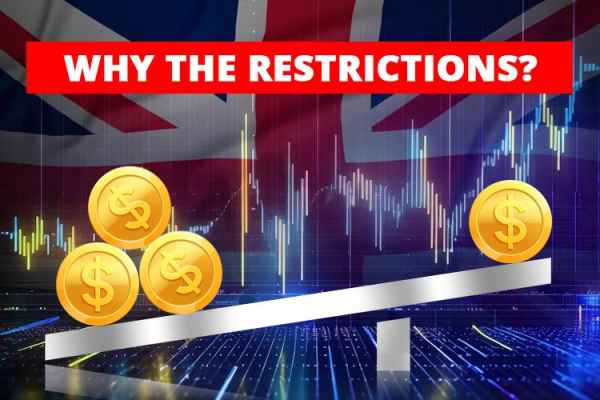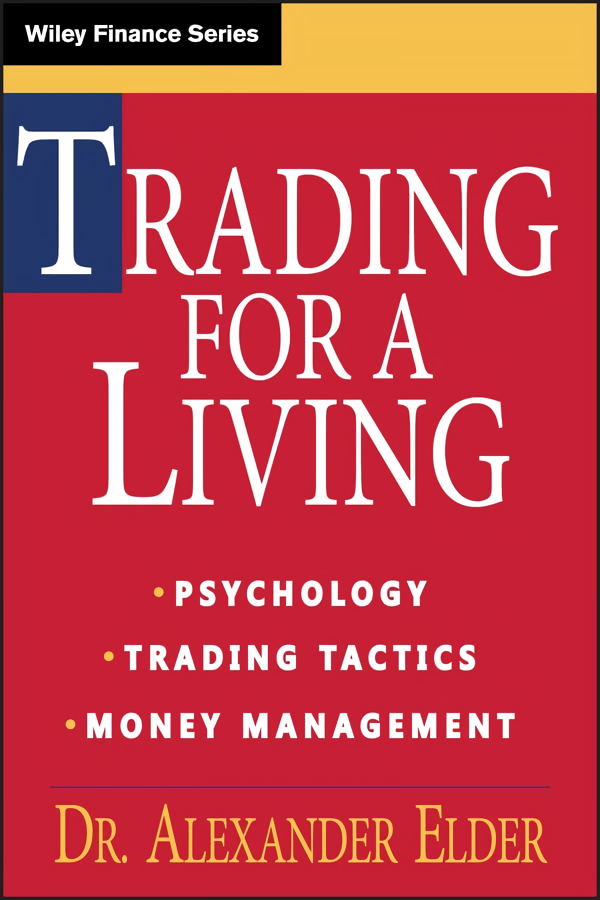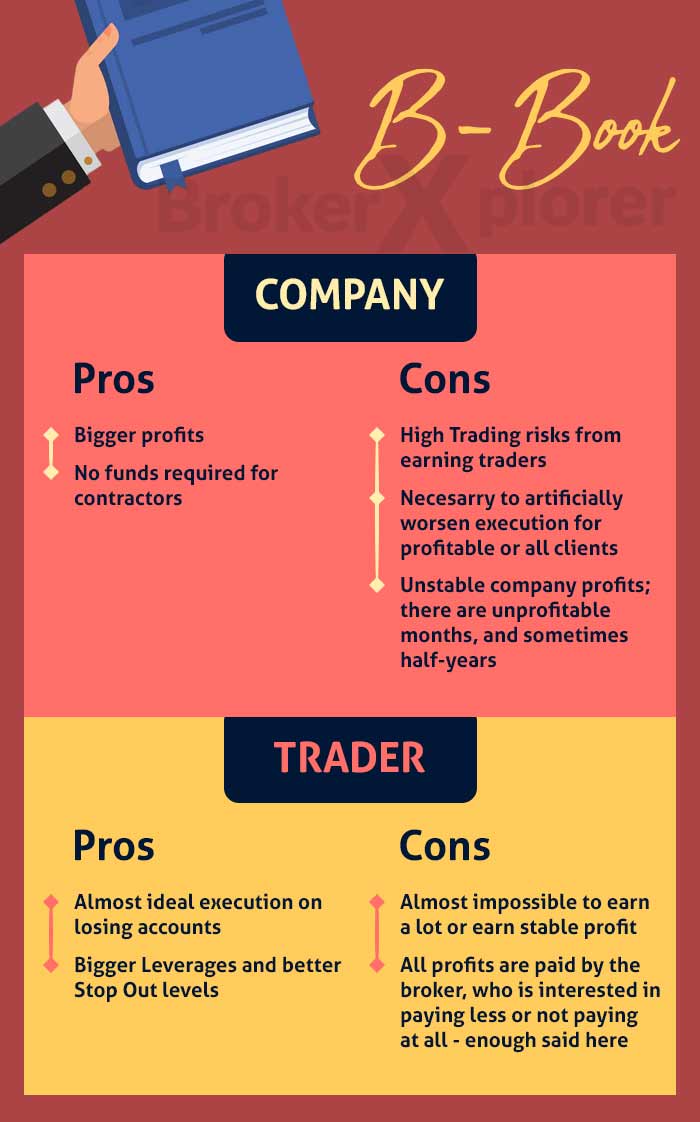Many traders prefer trading without leverage due to the smaller risk involved. However, it requires bigger capital to be prepared for trading without leverage.
In forex trading, leverage allows you to trade assets that would otherwise be unaffordable by "borrowing money" through a broker. However, is it possible to trade without leverage? Let's discuss this thoroughly.
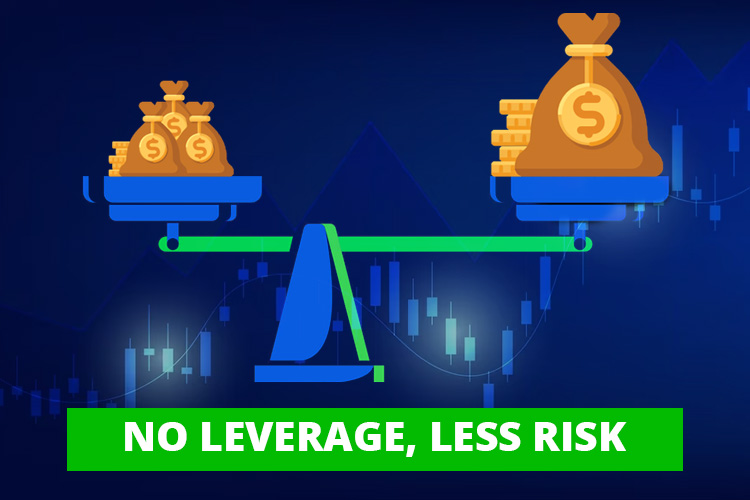
What is Leverage?
Leverage is the ratio between a trader's capital and the additional leverage provided by the broker. The leverage ratio can reach thousands, but regulated brokers typically use maximum leverage of 1:200. The limitation on leverage aims to avoid trading psychology risks. The higher the leverage, the more willing you are to open trading positions, making your account more vulnerable to margin calls.
To better understand the leverage feature, consider the following illustration:
X is a forex trader who wants to buy 1 lot of EUR/USD at a price of 1.2500 for 100,000 units of currency. Without leverage, X requires a margin requirement of:
Margin requirement = 1 lot x 1.2500 x 100,000 = 125,000 USD
Based on the above calculation, X needs $125,000 to open a position of 1 lot on EUR/USD. If X uses 1:200 leverage (broker's maximum limit), then the calculation becomes:
Margin requirement = (1 x 1.2500 x 100,000) / 200 = 625 USD
With 1:200 leverage, X only needs to deposit USD625 as margin to trade 1 lot of EUR/USD.
Leverage is always related to margin in forex trading. Refer to the following table first to understand the comparison between the two:
| Leverage | Margin Requirement |
| 1:1 | 100% |
| 1:5 | 20% |
| 1:50 | 2% |
| 1:100 | 1% |
| 1:200 | 0.5% |
| 1:500 | 0.2% |
The table above shows the required margin percentage based on the leverage level. For example, if you trade 2 lots, the total transaction becomes USD 200,000. If you use 1:200 leverage, you only need to provide a margin of 0.5% of the total transaction, equivalent to USD 1,000.
When choosing leverage, it's important to avoid using too small leverage, like 1:1, as this will require a large amount of capital. On the other hand, excessively high leverage, like 1:500, can increase trading risks. This is because it may lead you to increase your lot size, which could cloud your judgment when making trading decisions. You can refer to the table below for further guidance.
| Leverage | Margin Requirement | Total Lot (Equity/Margin Req.) |
| 1:50 | 2,000 | 5 |
| 1:100 | 1,000 | 10 |
| 1:200 | 500 | 200 |
| 1:500 | 200 | 500 |
| 1:1000 | 100 | 1,000 |
It is evident from the table above that the higher the forex leverage, the greater the risk of overtrading. Just because you think your margin resilience is still thousands of percentages, you can add positions casually without much thought. Ultimately, you may experience a margin call in a short period.
This is why leverage is called a double-edged sword. On one side, leverage can make you achieve greater profits than your capital capacity. Still, on the other hand, it also increases the risk of funds being eroded by price movements more quickly. Sometimes, this causes many traders to choose to trade without leverage eventually.
Can You Trade Without Leverage?
Trading without leverage can be done but necessitates a larger capital investment. Even though the risk exposure is lower, trading without leverage compels you to have significant capital. To trade without leverage, you would need an initial capital of at least USD 10,000, and this would only enable you to open one position with a mini lot. If you do not have that capital, trading without leverage will restrict your ability to open positions.
This can be extremely difficult for traders with limited funds. Moreover, trading without leverage needs more time and experience to achieve consistent profits.
If you possess enough skills and experience, trading without leverage is generally suitable for swing trading or position trading strategies. Trading without leverage is also suitable for hedging, a technique that allows you to open multiple positions by utilizing the correlation between pairs to protect your value.
So, With or Without Leverage?
Both tradings with and without leverage have their pros and cons. When used correctly, leverage can be a beneficial tool but can also amplify the risk of losses.
Trading without leverage can lower your stress levels since the risk is minimal. However, if your capital is limited, you won't be able to trade without leverage.
Therefore, whether to trade with or without leverage depends on each person's unique circumstances, trading style, risk tolerance, and available capital. There is no right or wrong answer, as it must all be tailored to individual needs.

 Dedicated FREE FOREX VPS
Dedicated FREE FOREX VPS Free FOREX Virtual Private Server
Free FOREX Virtual Private Server MT4 Demo Contest, Get $500
MT4 Demo Contest, Get $500 Sign Up for an Account, Claim 60% Deposit Bonus
Sign Up for an Account, Claim 60% Deposit Bonus Free MT4/MT5 VPS 2024
Free MT4/MT5 VPS 2024 Send E-mail and Get Free Merchandise
Send E-mail and Get Free Merchandise $1K Refer a Friend Bonus for Pepperstone Pro clients
$1K Refer a Friend Bonus for Pepperstone Pro clients Maximize Your Earnings with 100% Deposit bonus
Maximize Your Earnings with 100% Deposit bonus Trade to Win, $5,000 Monthly Demo Contest
Trade to Win, $5,000 Monthly Demo Contest Claim 30% + 15% Deposit Bonus from LiteFinance
Claim 30% + 15% Deposit Bonus from LiteFinance

